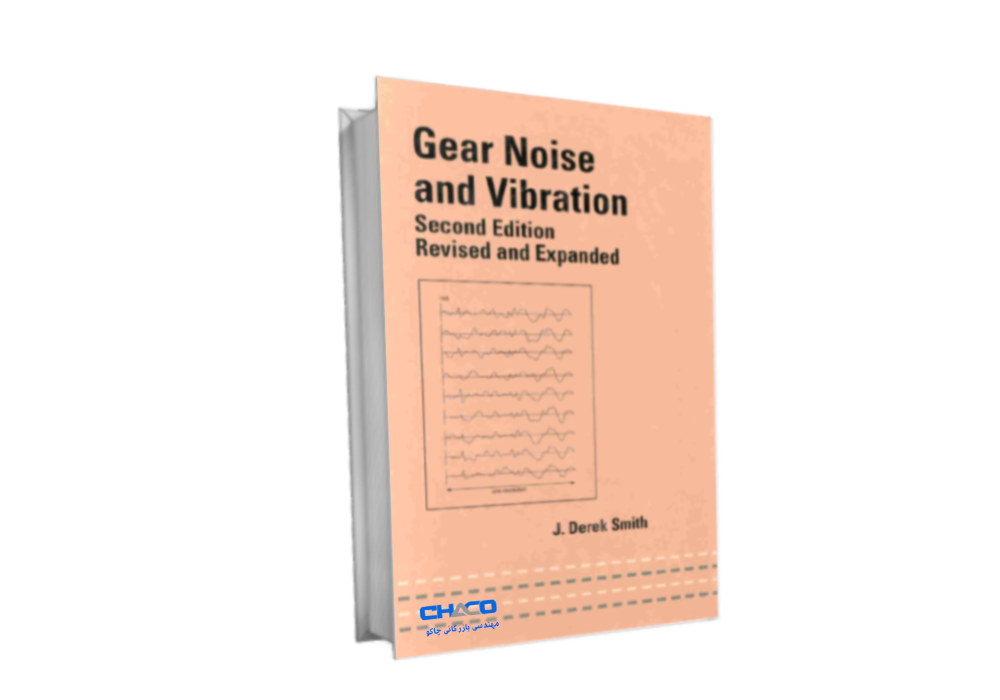

Preface to the First Edition
This discussion of gear noise is based on the experience of nearly 40 years of researching, consulting, measuring and teaching in the field of gears, mainly biased towards solving industrial noise and vibration problems.When a noise or vibration problem arises there is usually a naive hope either that it will go away or that slapping on a layer of Messrs. Bloggs1 patent goo will solve the problem.
Unfortunately, gear problems are hidden beneath the skin so they cannot normally be cured simply by treating the symptoms and they rarely disappear spontaneously. Another hope is that by going to an “expert” who has a very large, sophisticated (expensive) software program there will be a simple solution available without the boring need to find out exactly what is causing the trouble at the moment.
Neither approach is very productive. In addition, anything to do with gears is unpopular because of the strange jargon of gears, especially where “corrections” are involved and the whole business is deemed to be a rather “black art.” Those few who have mastered the “black art” tend to be biased towards the (static) stressing aspects or the manufacturing of gears. So they recoil in horror from vibration aspects since they involve strange ideas such as electronics and Fast Fourier Transforms. In practice few “experts” will get down to the basics of a problem since understanding is often lacking and measurements may not be possible. Vibration “experts” tend to be so concerned with the complex, elegant mathematics of some esoteric analysis techniques that they are not interested in basic causes and explanations.
Gear books have traditionally concentrated on the academic geometry of gears (with “corrections”) and have tended to avoid the difficult, messy, real engineering of stresses and vibrations. The area of stresses is well covered by the various official specifications such as DIN 3990 and the derived ISO 6336 and BS 436 and the rival AGMA 2001, all based on a combination of (dodgy)
theory and practical testing. Since it is usually necessary for the manufacturer to keep to one of the specifications for legal reasons, there is no point in departing from the standard specifications. In the area of noise and vibration, my previous book (Marcel Dekker, 1983) was written rather a long time ago and the subject has moved on greatly since then. Prof. Houser gives a good summary of gear noise in a chapter in the 1992 version of Dudley’s Gear Handbook (McGraw- Hill) with many references.
This book is intended to help with the problems of design, metrology, development and troubleshooting when noise and vibration occur. In this area the standard specifications are of no help, so it is necessary to understand what is happening to cause the noise.
It is intended primarily for engineers in industry who are either buying-in gears or designing, manufacturing, and inspecting them and who encounter noise trouble or are asked to measure strange, unknown quantities such as Transmission Error (T.E.). It should also be of interest to graduate students or those in research who wish to understand more about the realities of gears as part of more complex designs, or who are attempting to carry out experiments involving gears and are finding that dynamics cannot be ignored.
I have attempted to show that the design philosophy, the geometry, and the measurement and processing of the vibration information are relatively straightforward. However, any problem needs to be tackled in a reasonably logical manner, so I have concentrated on basic non-mathematical ideas of how the vibration is generated by the T.E. and then progresses through the system. Mathematics or detailed knowledge of computation are not needed since it is the understanding, the measurement, and the subsequent deductions that are important. It is measurement of reality that dominates the solution of gear problems, not predictions from software packages. It is also of major importance to identify whether the problems arise from the gears or from the installation, and this is best done experimentally.
I hope that this book will help researchers and development engineers to understand the problems that they encounter and to tackle them in an organised manner so that decisions to solve problems can be taken rationally and logically.
This book owes much to many friends, colleagues, and helpers in academia and in industry who have taught me and broadened my knowledge while providing many fascinating problems for solution.
یک کتاب تخصصی در زمینه مهندسی مکانیک و انتقال نیرو است که به بررسی و تحلیل نویز و ارتعاشات مرتبط با دندهها میپردازد. این کتاب احتمالاً به موضوعاتی چون طراحی بهینه دنده، روشهای کاهش نویز و ارتعاش، تحلیل دینامیکی دنده ها و مسائل مرتبط با این حوزه میپردازد. ممکن است برای دانشمندان و مهندسان مختصص در زمینه انتقال نیرو و سیستمهای مکانیکی مفید باشد.
ثبت درخواست خدمات:
گروه مهندسی بازرگانی چاکو با داشتن متخصصان ماهر انواع خدمات بالانس، پایش وضعیت و … را با بهترین تجهیزات به شما ارائه خواهد داد.